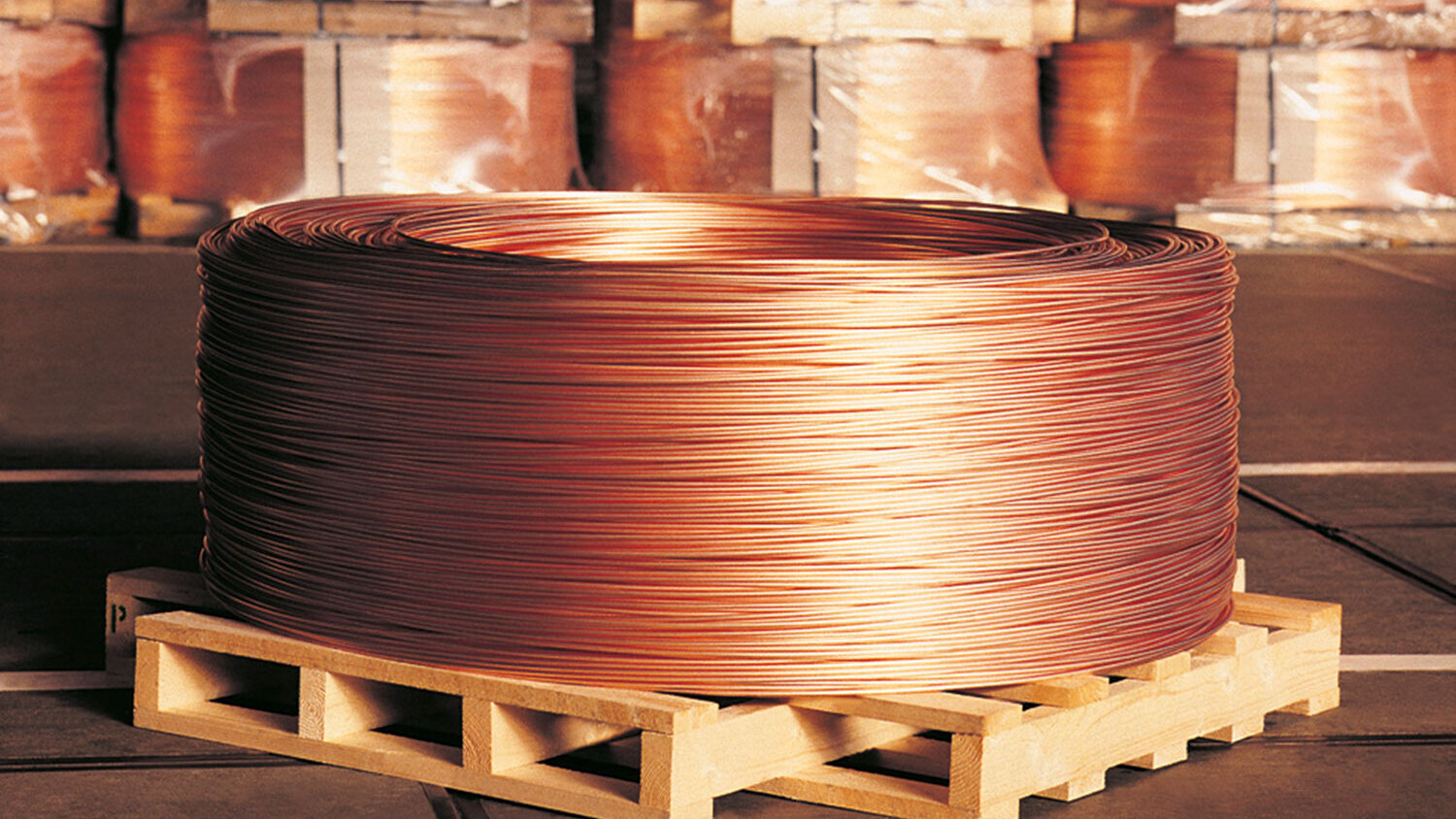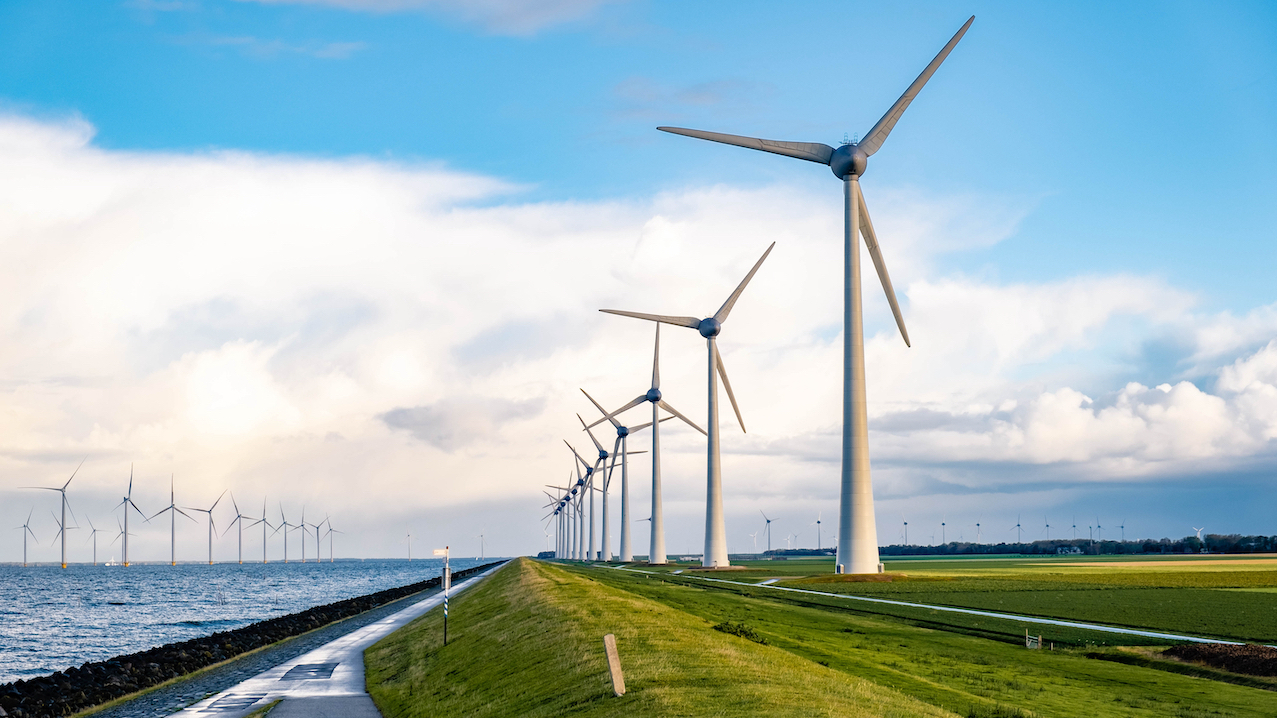
Investment Spotlight: Could copper hold the key to the energy transition?
The global energy transition is creating fresh opportunities for hungry investors. Could copper steal the limelight?
The war in Ukraine has brought energy security to the top of the agenda.
Having addressed the immediate shortfall, Western governments are actively looking at alternative means to provide cheap, clean, and secure energy for their economies, with the hope that renewables can fill the hole left by Russian oil and gas.
To facilitate this transition, the world’s natural resources will have to be tapped. While this will bring its own set of problems that governments and companies will have to resolve, it could create some opportunities for investors.
Why is the energy transition driving copper demand? The mineral intensity of the energy transition can be seen in the application of copper.
"Because it is used so widely, the price of copper often provides an early indication of the health of the world economy, earning it the nickname ‘Dr Copper’," explained Rob Clarry, investment strategist at wealth manager Evelyn Partners in London.
He pointed out that "looking forward, it is likely to become even more important as it experiences structural demand from the energy transition."
Increased demand
In 2020, demand from renewables totalled 5.8 megatonnes or 24% of total copper demand. The International Energy Agency (IEA) expects renewables demand to almost double by 2030, reaching 10.8 megatonnes or 36% of total demand.
One reason for this increased demand is electric vehicles (EV). The copper required to produce an EV is four times that of your conventional petrol or diesel-powered car. With EV penetration forecast to increase drastically ─ the IEA predicts the EV stock will rise to 145 million by 2030, 13 times the current fleet of EVs2 ─ copper consumption is likely to surge.
Copper will also be a crucial input to renewable infrastructure. The amount of copper required to produce a megawatt of onshore wind energy is two and a half times that of a gas-powered plant; for offshore wind and solar energy it is seven and a half times and two times, respectively.
To achieve the IEA’s net-zero scenario (designed to show what is needed for the world to achieve net-zero emissions by 2050), solar power generation will need to grow by 800% and wind power by 397%.
Copper may suffer from unforeseen supply shocks caused by economic or political instability in mining locations, such as China, Indonesia, and Chile.

Copper is not the only commodity that will be important in energy transition.
Lithium and nickel are used in batteries, while cobalt and rare earths, such as neodymium, are used to make magnets for wind turbines and other types of infrastructure. These materials are expected to be used at a far greater pace as this decade progresses. For example, lithium demand is forecast to increase at a 10% compound annual growth rate (CAGR) between now and 2030 to fulfil growing battery demand.
Could a possible copper deficit equal opportunity?
Commodities work on a supply and demand basis. With demand set to boom, will the supply side be able to keep up? Clarry is not so sure.
"he consensus expectation amongst economists is for slower global growth in 2023, leading some commodities analysts to forecast a period of oversupply in the copper market. This could lead to some near-term weakness in prices. But from 2024 onwards, this is expected to shift to a long-term supply deficit.
By 2030, the deficit is expected to be about six megatonnes6, which represents approximately 30% of annual production.
Clarry pointed out that "the supply deficit is likely to be exacerbated by three main factors, namely the supply side is slow to respond, [as] it can take over ten years to bring new mines online, which limits the ability of supply to adjust to growing demand."
Then there is exploration failure. According to S&P Market Intelligence, only four copper deposits have been discovered since 2015. In comparison, between 2008-2015 there were 31 discoveries and between 1990-2008 there were 193 discoveries.
"While some of this can be attributed to lower investment in mining, it still represents a sizeable fall in discoveries," he said.
Finally, there is deteriorating global copper grades. Copper grades, the weight percentage of copper retrieved out of the total rock mined, used to stand above 1.5%. They are now below 1%8.
"It is also possible that copper and other commodities suffer from unforeseen supply shocks caused by economic or political instability in mining locations, such as China, Indonesia, and Chile," Clarry said.
"All these factors point towards ongoing volatility on the supply side of the market. The risk for the global economy is that this could slow the pace of transition. But with higher demand and supply taking time to adjust, we expect to see prices rise."
Implications of investing in copper
Investors can help facilitate the energy transition by allocating capital to where it’s needed. "One area that will require an increasing amount as we move through this decade is the mining sector," Clarry noted.
"Although copper may not be as exciting as other options, it has a crucial role in electrification. It is also less likely to be substituted out of the production process as technology advances," he explained.
"As we think about how we can position portfolios for the megatrends, it’s essential to look across the value chain to identify investments most exposed to these structural trends. A good place to start could be at the bottom — with the copper miners," Clarry concluded.




